Contributor: Carver Pump
Did you know there are 4.7 million commercial buildings in the United States? Twelve percent1 of these buildings (581,000 to be exact) are served by boilers. Boilers are pressurized tanks used to heat and vaporize water into steam. The steam produced from boilers can be used for many purposes, including building heat, sanitation processes, and power generation. In order to produce steam, boilers require ‘feed’ water; therefore, boiler feed pumps are required. Here are six interesting facts you should know about boiler feed water pumps.
1. Boiler feed pumps are used to supply fresh water to a boiler. Condensation that forms in the boiler systems is typically recycled and fed back into the boiler with condensate return pumps.
2. There are three components typically selected together: the boiler, the feed water pumps, and the deaerator. The deaerator takes oxygenand carbon dioxide out of the feed water so pure water enters the boiler. It is essential to use a deaerator to remove impurities from the feed water, as these elements can shorten the life of the boiler.
3. There are two different types of boilers: fire tube and water tube. A fire-tube boiler works when hot gas passes from a fire through tubes running through a sealed container of water. The heat of the gas is transferred through the walls of the tubes by thermal conduction, heating the water to create steam2. A water tube boiler circulates water in tubes heated externally by the fire. Fuel is burned inside the furnace, creating hot gas which heats water in the steam-generating tubes3. Water tube boilers typically require higher pressures, and more flow from the boiler feed water pumps than fire tube boilers.
4. Boiler feed water pumping applications typically require high pressures due to the high temperatures of the feed water. Water changes to a gas state at 212-degrees F in atmospheric pressure. However, boiler feed water ranges are from 225- to 250-degrees F, and some can even reach temperatures as high as 350-degrees F. Therefore, to maintain the feed water in a liquid state, the deaerator tank and pump inlet piping often maintain pressures higher than the water vapor pressure.
5. There are two types of pumps that are most often used for boiler feed water applications: stamped stainless steel vertical multistage inline pumps and multistage horizontal ring section pumps. Vertical inline pumps can be used if pressure requirements are under 1,000 feet of head, but pressure requirements over 1,000 ft. typically require a heavy duty ring section pump – it all truly depends on the pounds per hour pressure capacity required and other demands of the boiler selected.
6. Understanding water quality is also critical for selecting the right materials of construction in your boiler feed water pump. Most specifying engineers should ask about additives; knowing what type of additive will be inserted into the water is necessary for choosing stainless steels or ductile irons to avoid corrosion, wear, etc. It’s important to have a conversation about the composition of the boiler feed water when selecting a feed water pump.
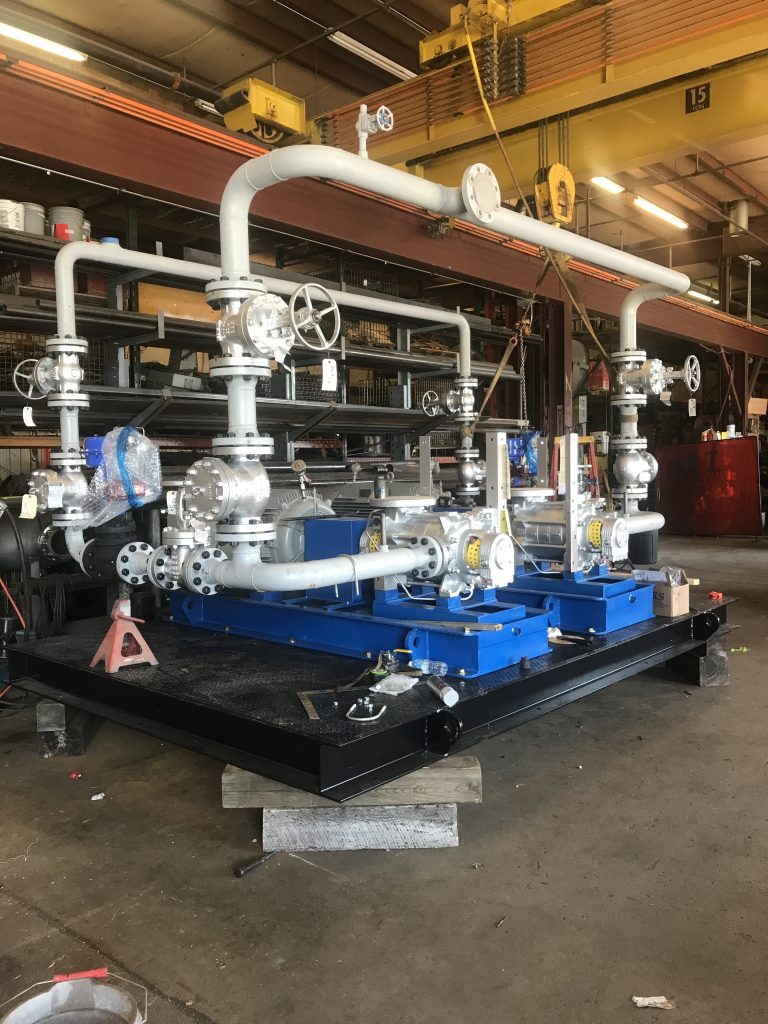
Pictured above are two Carver RS-D size 6x3x8 4-stage pumps in all-duplex stainless steel(CD4MCu) construction. This model uses oil-lubricated, water-cooled, angular-contact ball bearings on both shaft ends. Per the specification, the pumps were fitted with John Crane Type 5611 cartridge seals on both the suction and discharge. A Plan 23 flush was used to keep the seal faces cool and lubricated. These pumps were sold as complete units with fabricated steel baseplates, spacer couplings, and 300 HP, 3500 RPM electric motors. The pumps will feed an auxiliary boiler in a combined-cycle power plant in Pennsylvania, a clean-burning, natural gas fueled electric generating station with a stated capacity of 925 megawatts of power.
If you have any questions about how to select a boiler feed water pump, submit your questions using the comments section below.
About Carver Pump
Since we built our first pumps in 1938, Carver Pump has become recognized as one of the leading centrifugal pump companies, building pumps to the most demanding engineering specifications and military standards in the world. We were one of the first American pump companies to attain ISO 9001 certification – the most recognized standard for quality in the world. This certification is your assurance that our commitment to quality includes not only our hardware, but also superior customer service, leading-edge R&D, and continuous improvement in everything we do. So whether the job is refueling fighter jets on the deck of an aircraft carrier, supplying paint to an auto assembly line, or bringing water to the fountain in a city park, we put our reputation on the line everyday with every pump we build. Learn more at www.carverpump.com.
References:
1 Characterization of the U.S. Industrial/Commercial Boiler Population;https://www.energy.gov/sites/prod/files/2013/11/f4/characterization_industrial_commerical_boiler_population.pdf

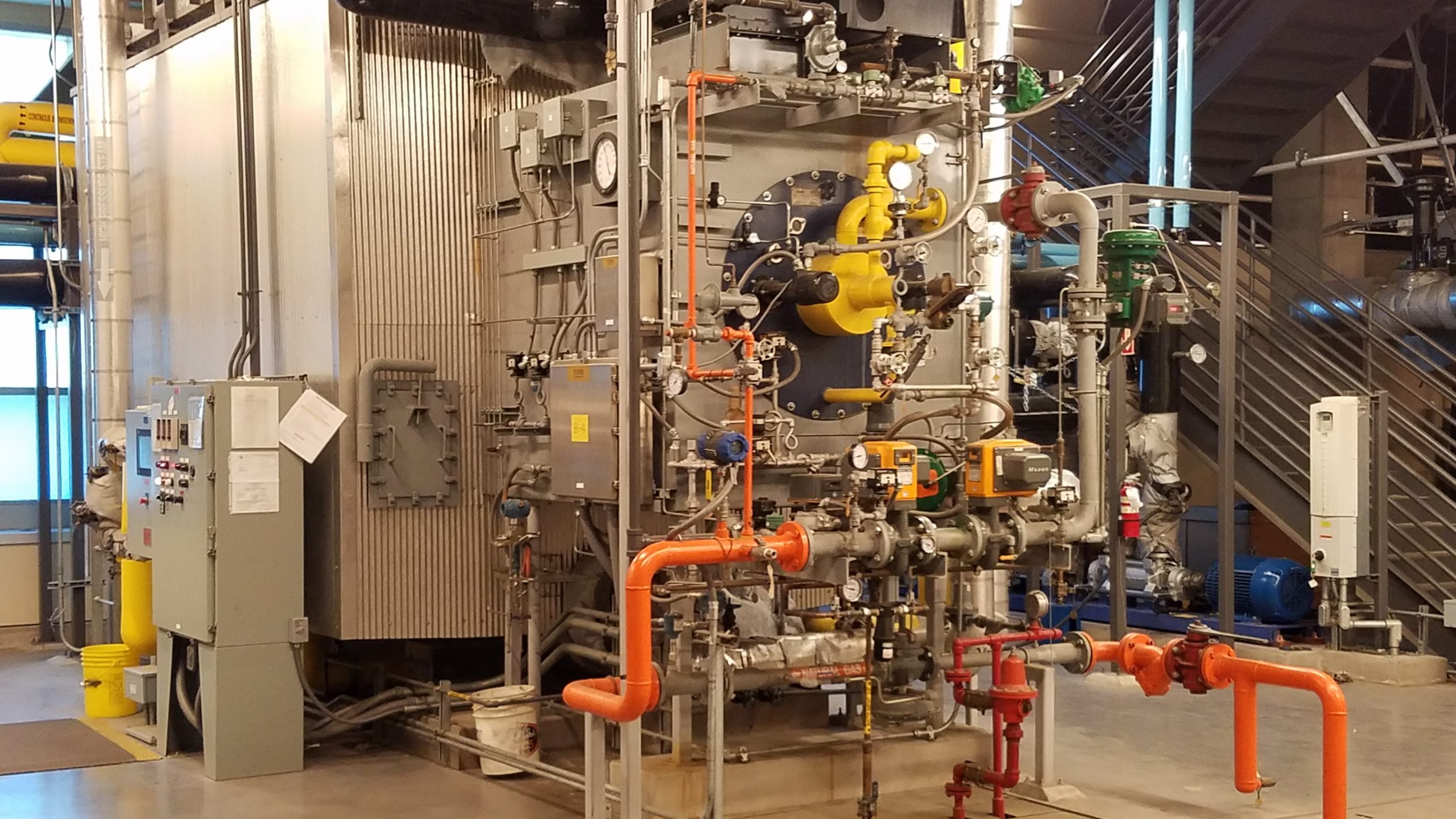
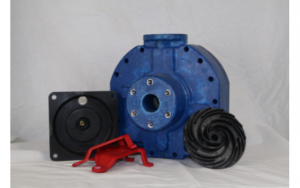
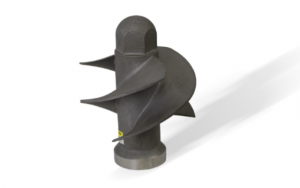
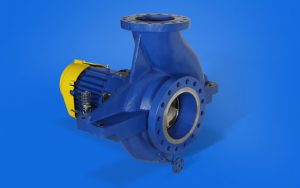
Insightful article. Thanks for sharing the tips. 🙂
To be consistent with industry terms, there are “hot water” boilers and “steam” boilers (steam obviously boiler feed, deaeration and condensate applications). I assume the 12% refers to steam. Otherwise, a good read and technically accurate.